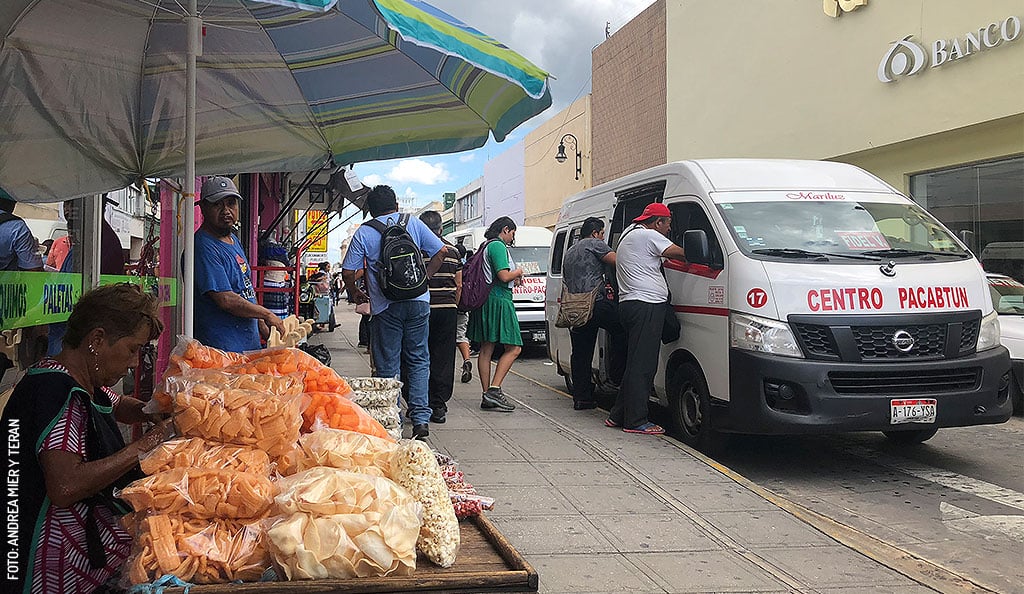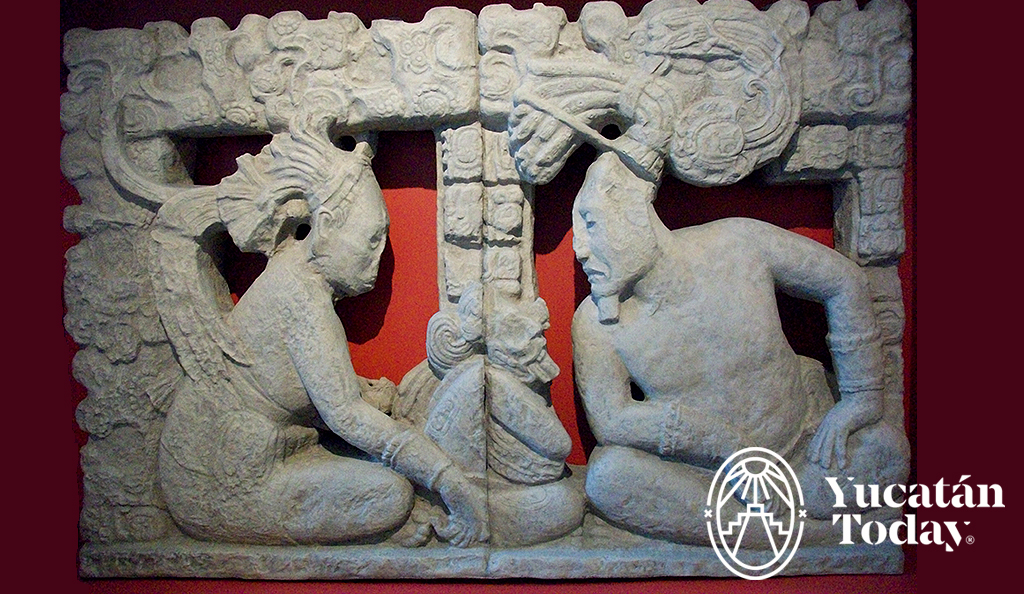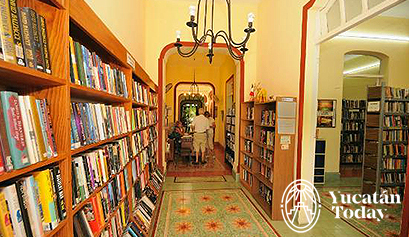
Riding a Colectivo in Mérida: A Local Adventure Worth Taking
Mérida is a beautiful city full of history, color, and great food. It also has a transportation system that many visitors overlook: the taxi colectivo. These shared vans or minibuses—which some people refer to as “taxis” and others as “colectivos”—are one of the most affordable ways to get around, but tourists, and even many locals shy away from using them. The fear of stepping into the unknown, te lack of clear instructions, and the unfamiliarity of the system keep many people from giving colectivos a chance. However, once you understand how they work, they can become a game-changer for navigating the city like a true local.
Why are people afraid of colectivos?
The first hurdle to taking a colectivo is often psychological. I know for tourists, public transportation in foreign countries can be intimidating, and colectivos are no exception. Unlike clearly marked city buses or ride-hailing apps, colectivos don’t always have obvious signs, and their routes aren’t as well-documented online. Most people don’t know where to find them, how much they cost, or how to signal for a stop. There’s also the concern of not speaking Spanish fluently and feeling unsure about how to ask for help.
Even locals can feel hesitant. Colectivos often seem like a mystery if you’ve never used one—but after taking your first ride, you'll realize they're surprisingly simple and can make for a very interesting experience.
Types of taxis colectivos: locales and foráneos
Shared (collective) vans and minibuses are called locales when they cover routes within Mérida, and foráneos when they connect Mérida with a specific destination in the Península. Locales are usually called “combis”, and foráneos, “taxis.”
How to find a colectivo in Mérida

Locating a colectivo stop is probably the most challenging part for a first timer. Unlike traditional buses, colectivos don’t always have official stops along the route. Taxis usually depart from specific locations (called “sitios”) that are not always obvious, and can be anything from a street corner to a parking lot. Still, their routes are usually similar (though not exactly the same) as regular buses, but with more direct, faster services.
Here’s how to find the colectivo you need in Mérida:
- Head to busy transport hubs: Many colectivos start from known points like the main mercados (markets), bus terminals, or areas near downtown Mérida.
- Look for waiting groups of people: If you see a small crowd gathered at a street corner or by a busy road, chances are they’re waiting for a colectivo.
- Ask locals: While it can feel intimidating, most people are happy to point you in the right direction if you ask, “¿Dónde puedo tomar un colectivo para [your destination]?”
- Boarding the colectivo at the sitio offers a distinct advantage: once full, it usually proceeds directly to its destination, stopping only for passengers to get off.
- Colectivos often have a small sign in the window indicating their destination—for example, “Itzimná,” “Progreso,” “Hunucmá,” o “Conkal.”
- If you’re not sure about the route you need to take, ask the driver before you board.
Cost and payment
One of the best things about colectivos is their affordability. A ride usually costs between $10 to $80 pesos, depending on the route and distance. Know that everyone pays the same price per colectivo regardless of how close or far your stop is.
Important things to remember about the payment and the route:
- Colectivos only take cash. Always carry small bills and coins, as drivers often don’t have change for large bills.
- Many times, colectivos will not depart unless there’s a minimum number of passengers onboard, which can vary from three people to maximum capacity.
- Pay when you board or as you exit. It varies by colectivo, but in most cases, you pay the driver directly when you get on or before you get off. If you're unsure, watch what others do, or just ask: especially for foráneos, attendants are usually at the sitios.
- In combis or local colectivos, the seating is usually reconfigured to accommodate up to 17 passengers in a rather snug arrangement; if you’re traveling with bulky luggage, this might be a challenge.
- As for “taxis” or foráneos, the layout is usually the manufacturer’s standard, so it’s slightly more comfortable. You can also ask the driver to put your luggage in the back (which, be aware, is not very spacious) or pay for an extra seat if you’d prefer more comfort.
- Neither “combis” nor “taxis” are usually air-conditioned.
- If you’re riding in the front, wearing your seat belt is mandatory.
How to get off a colectivo
Unlike traditional buses, colectivos don’t have predetermined stops. Instead, they operate on a request system. If you want to get off, you need to signal the driver.
Here’s how:
- Press the button: Most colectivos have a small red or black button near the door or above your seat. Press it when you’re close to your stop.
- Or just speak up: Say "Bajan, por favor" ("Let me off here, please") or "En la esquina, por favor" ("At the corner, please").
- A simple hand motion works too: If you’re sitting near the front, a nod or raised hand can also get the driver’s attention.
- The drivers are used to people hopping on and off, and it's part of the charm of colectivo travel—no rigid timetables or fixed bus stops.
- Before getting off the vehicle, always look both ways to avoid injury: you could be hit by a cyclist, biker, or tuk-tuk.
My first colectivo ride
I took my first colectivo ride with a local friend, and it felt like a rite of passage. We were heading to the beach, and they showed me a faster way to get there. Being with someone who knew the system made it feel less intimidating, and by the end of the ride, I realized how efficient and easy it really was. Sharing that moment with someone who navigated it with confidence helped me break the ice, and now I feel comfortable hopping on one by myself.
Final thoughts
Taking a colectivo in Mérida is not just a budget-friendly transportation option; it’s an experience that lets you see the city from a local’s perspective. The initial hesitation is understandable, but once you ride one, you’ll see how easy and efficient they can be. You’ll hear music playing from the front seat, maybe exchange a few words with fellow passengers, and get dropped off close to where you need to be—all for the cost of a cup of coffee.
More than anything, colectivos are a reminder that sometimes the best way to explore a new place is to embrace the unknown, step outside your comfort zone, and ride alongside the people who live there. It might feel like a small thing, but for many of us, hopping into that little white van with the handwritten sign marks the moment we stop being tourists and start feeling like we belong.
List of "Foráneo" Colectivo Taxis for Your Next Trip
- Akil - Calle 62 x 67 y 69, Centro, Mérida (Barrio San Juan)
- Baca - Calle 50 x 63 y 65, Centro, Mérida
- Calcehtok - Calle 69-A x 62 y 64, Centro, Mérida (Barrio San Juan)
- Celestún - Calle 69-A x 62 y 64, Centro, Mérida (Barrio San Juan)
- Cenotillo - Calle 63 x 52 y 54, Centro, Mérida
- Conkal - Calle 52 x 65 y 67, Centro, Mérida
- Espita - Calle 52 x 65 y 67, Centro, Mérida
- Halachó - Calle 69-A x 62 y 64, Centro, Mérida (Barrio San Juan)
- Homún - Calle 52 x 65 y 67, Centro, Mérida
- Hunucmá - Calle 64 x 65 y 67, Centro, Mérida
- Izamal - Calle 50 x 63 y 65, Centro, Mérida
- Muna - Calle 67-A x 64 y 62, Centro, Mérida (Barrio San Juan)
- Oxkutzcab - Calle 67-A x 64 y 62, Centro, Mérida (Barrio San Juan)
- Progreso - Calle 60 x 65 y 67, Centro, Mérida
- Tekax - Calle 62 x 67 y 69, Centro, Mérida (Barrio San Juan)
- Ticul - Calle 67-A x 64 y 62, Centro, Mérida
- Tizimín - Calle 52 x 65 y 67, Centro, Mérida
- Valladolid - Calle 52 x 63 y 65, Centro, Mérida
In love with Yucatán? Get the best of Yucatán Today in your email.
Don't miss our best articles and the monthly digital edition before anyone else.
Related articles

Maya Goddess Ixchel
Ixchel era la diosa maya de la luna, del amor, de la gestación, de la medicina y los trabajos textiles. Era la esposa del dios solar Ak Kin.
Mérida English Library
The Mérida English Library (MEL) is a nonprofit, English-language lending library, open to the public through a nominal paying membership. It is...





